Certain dog breeds are notorious for their Houdini-like abilities to escape from seemingly secure spaces. Whether it’s jumping over fences, digging under barriers, or even unlocking gates, these breeds often combine intelligence, agility, and a strong desire for exploration to become adept escape artists. This propensity can be attributed to their breeding backgrounds, which often emphasize traits such as high intelligence, strong prey drives, or exceptional problem-solving skills. Owners of these breeds need to be particularly vigilant and creative in devising ways to keep their pets safely contained. This article highlights 15 dog breeds known for their ability to escape from enclosures, explaining why these breeds are so skilled at escaping and what potential owners might consider to prevent such behavior.
1. Siberian Husky
Siberian Huskies are perhaps one of the most famous escape artists among dog breeds. Originally bred to pull sleds over vast icy landscapes, Huskies are equipped with a strong sense of independence and intelligence. These traits make them particularly adept at overcoming obstacles. They are known for their ability to jump over fences, dig under barriers, and even manipulate door handles to escape. Their thick double coats also provide them with the insulation needed to handle digging through snow or dirt without discomfort, making containment a challenge. Huskies require secure, high fences and regular monitoring to prevent escape attempts.
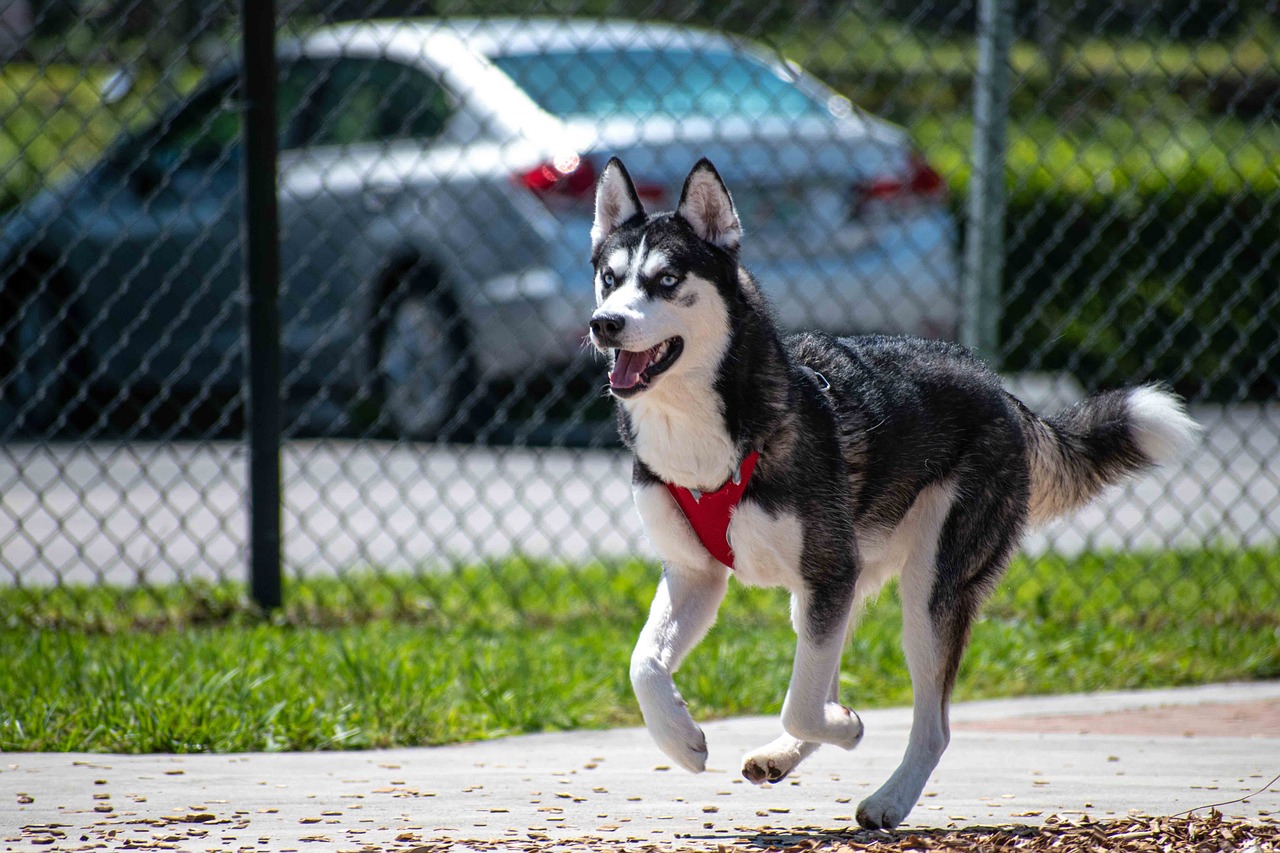
2. Alaskan Malamute
Similar to their close relatives, the Siberian Huskies, Alaskan Malamutes are powerful, independent dogs that were also bred for pulling sleds in harsh environments. This breed possesses a strong prey drive and a remarkable determination, which can lead them to escape if they become bored or see something outside that catches their interest. Malamutes are particularly skilled at digging and can create large holes quickly to escape from enclosures. They require robust containment strategies, such as deep fence foundations and vigilant supervision.
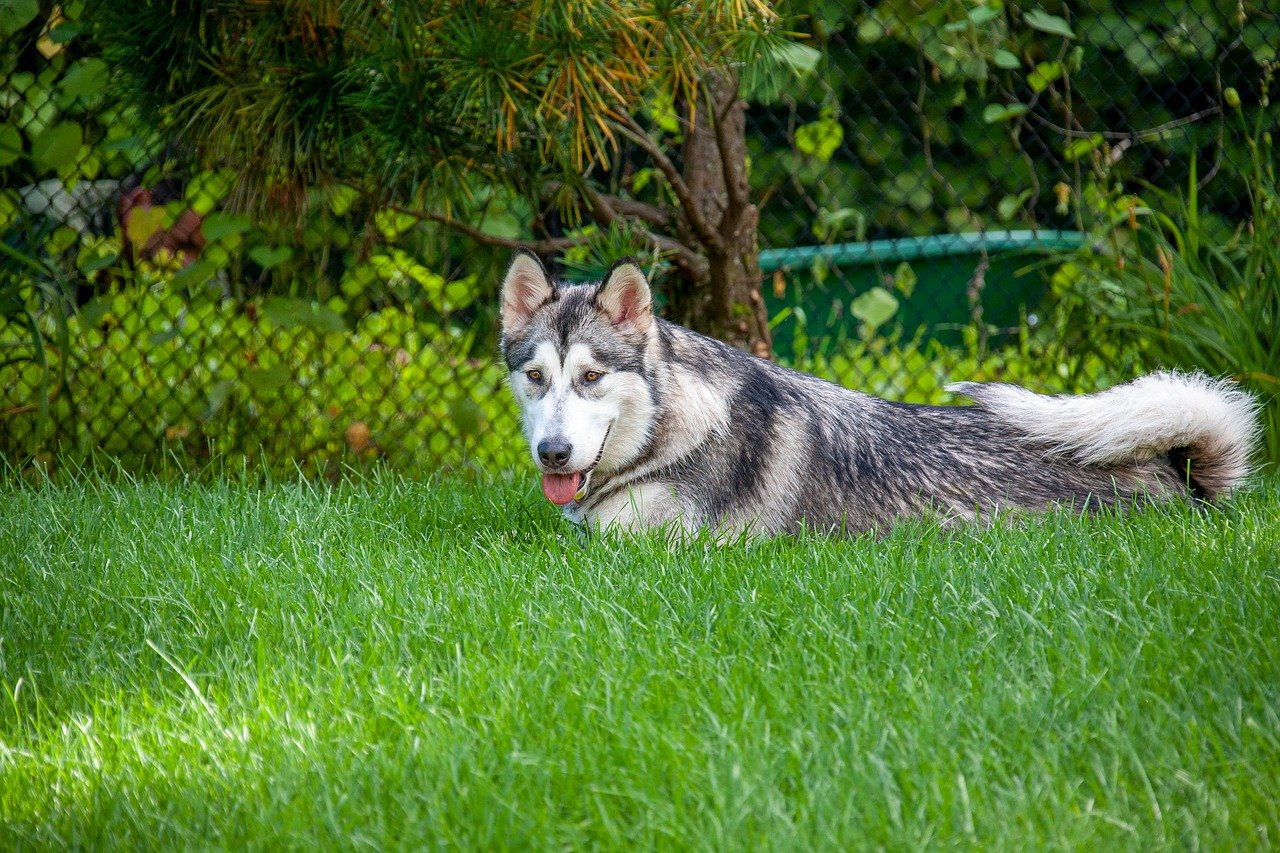
3. Beagle
Beagles, known for their keen sense of smell and tracking ability, are often so driven by scent that they can become single-minded in their pursuit of an interesting trail. This trait can lead them to try and escape from yards to follow a scent. Beagles can squeeze through small gaps in fences and are known to dig under barriers if they detect something intriguing on the other side. Owners need to ensure that fences are not only high but also secure at the ground level to prevent escape.
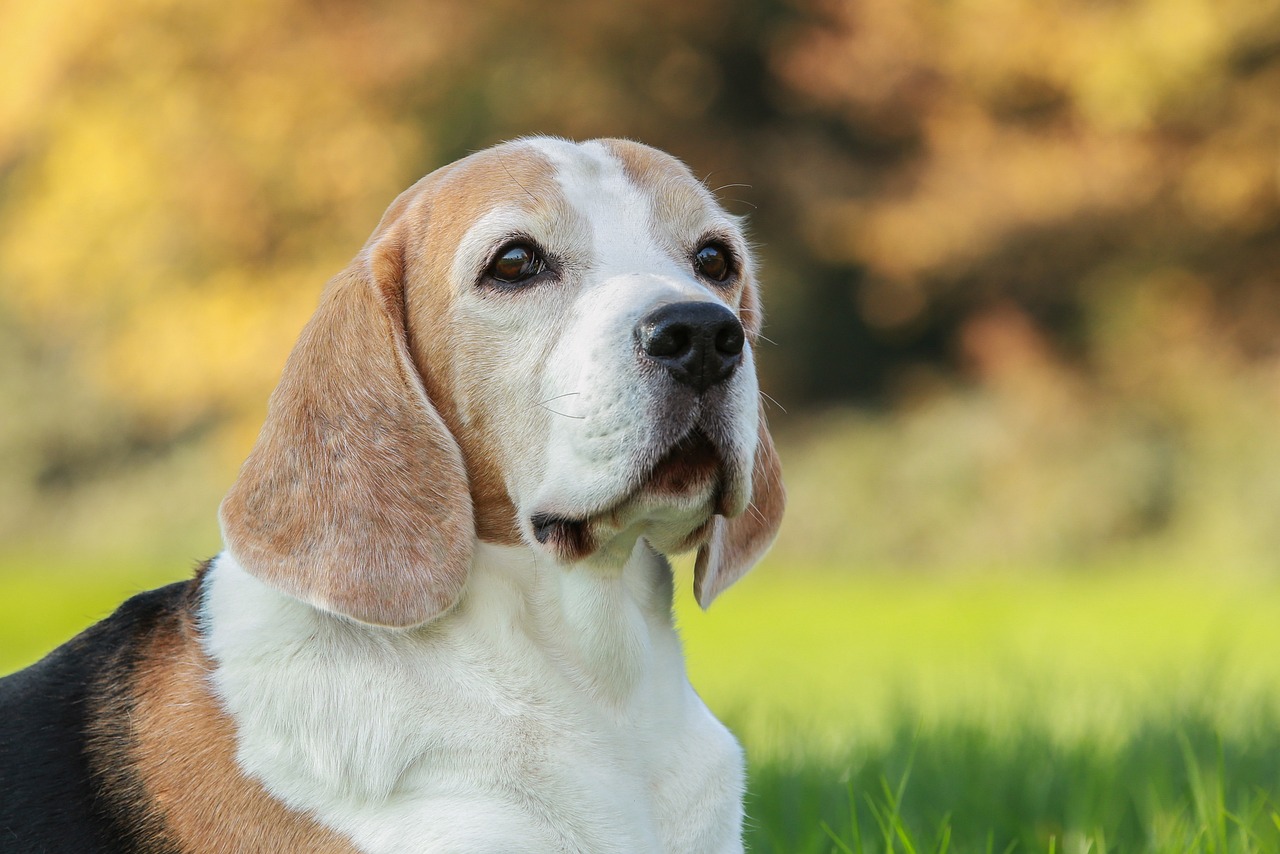
4. Jack Russell Terrier
Jack Russell Terriers are small, energetic dogs with a reputation for being excellent escape artists. Their small size allows them to fit through gaps that larger dogs would not consider, and their high energy and intelligence motivate them to seek out and exploit any weakness in their enclosure. Jack Russells are also adept diggers and climbers, often able to scale relatively high fences. Enclosures for Jack Russell Terriers need to be secure and regularly inspected for potential escape routes.

5. German Shepherd
German Shepherds are highly intelligent and trainable dogs, traits that unfortunately also make them skilled at escaping. They can learn to open gates, especially if they observe humans doing so, and can manipulate simple latches or handles. Their size and strength also enable them to exert considerable force on weaker parts of a fence or door. For German Shepherds, secure, lockable gates and robust fences are essential to prevent escapes.
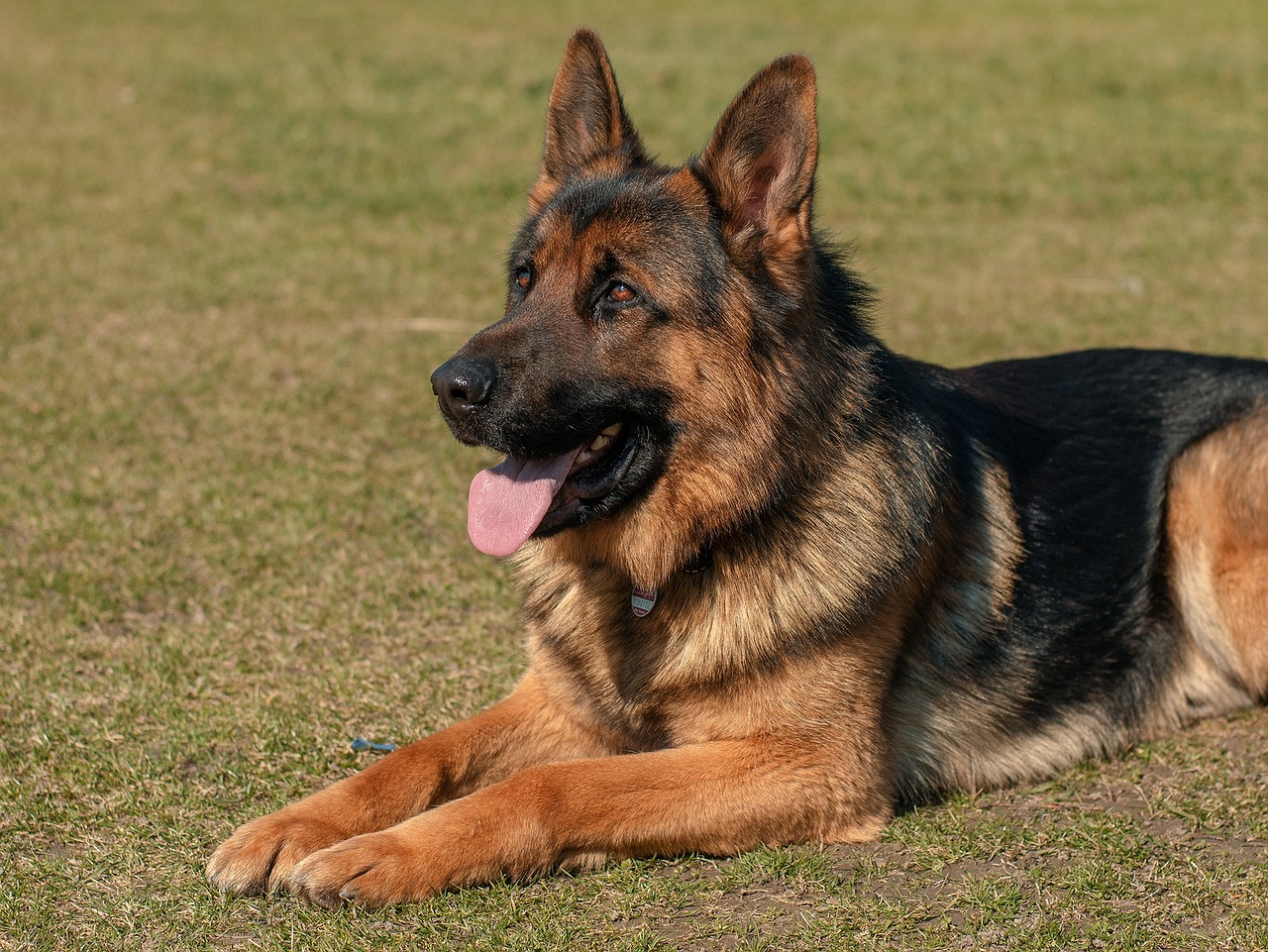
6. Border Collie
Border Collies are extremely intelligent, a trait that serves them well when herding livestock but can be problematic in terms of containment. They are quick learners and can figure out how to open gate latches or even unlock doors. Border Collies are also agile, capable of jumping over or climbing fences that are not sufficiently high. Owners need to provide mental stimulation and physical exercise to keep these dogs from becoming bored and looking for ways to escape.
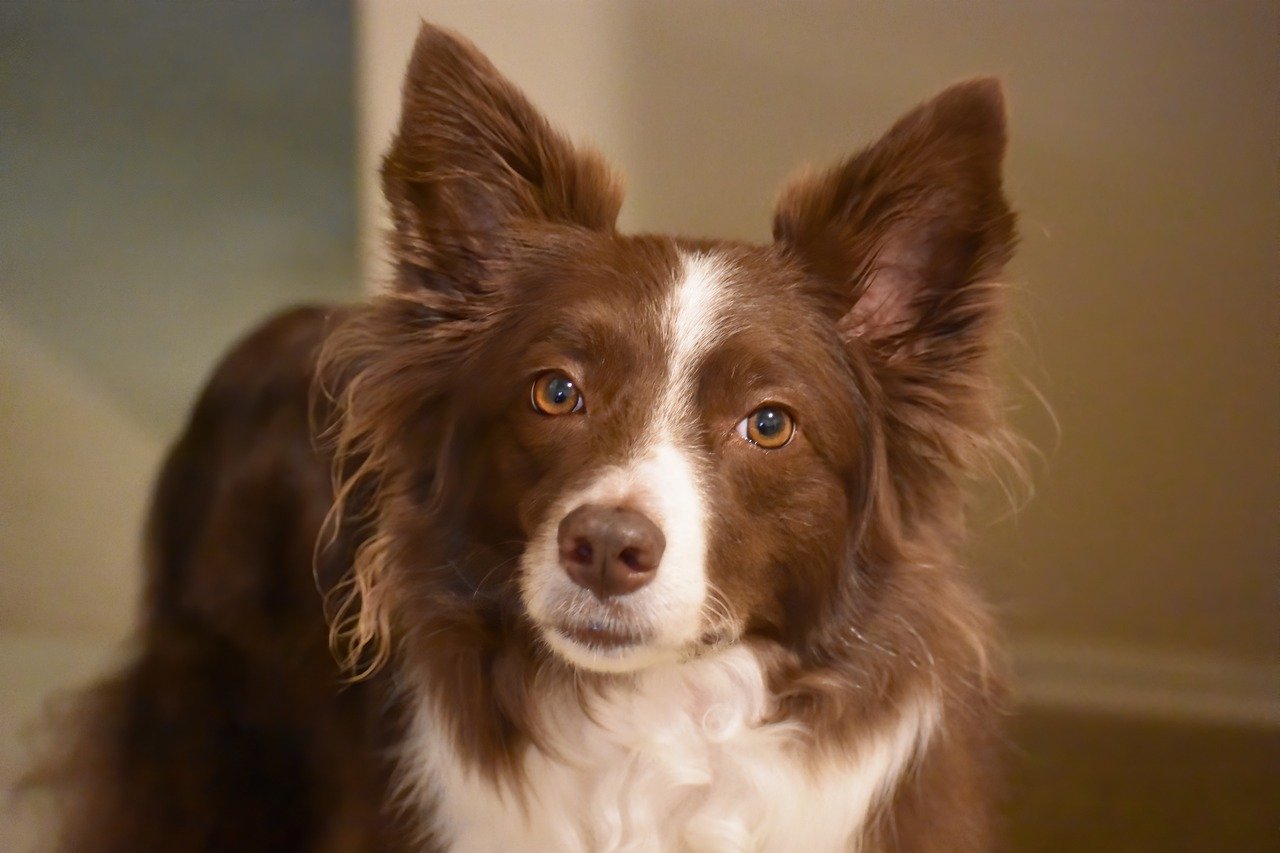
7. Greyhound
Greyhounds are known for their incredible speed and prey drive. If a Greyhound sees something it wants to chase, it can be almost impossible to stop. Their slim build and athleticism allow them to squeeze through narrow openings and their speed can give them the momentum needed to clear obstacles like fences. Secure, tall fencing and a keen eye on their outdoor activities are crucial for keeping Greyhounds safely contained.

8. Boxer
Boxers are energetic and playful dogs that may attempt to escape simply out of boredom or the desire for social interaction. They are known to jump over or dig under fences if left alone for too long or not provided with enough physical and mental stimulation. Providing a secure, engaging environment and regular interaction can help prevent Boxers from becoming escape artists.
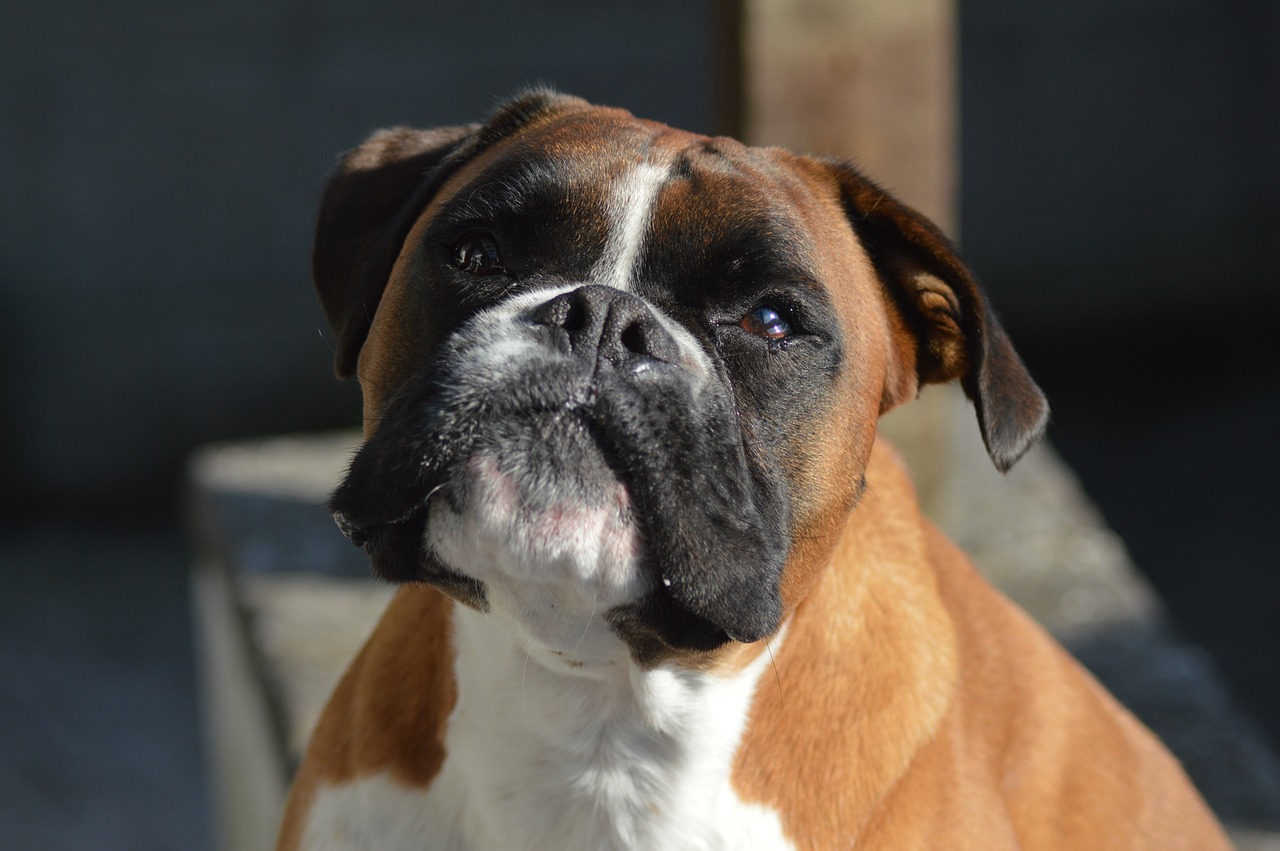
9. Labrador Retriever
While Labrador Retrievers are generally well-behaved, their strong curiosity and love of exploration can sometimes lead them to wander. Labs are strong swimmers and diggers, so they might escape by swimming across water barriers or digging under fences. Ensuring that their need for exploration is met through walks and playtime, and that fences are secure at the base, will help keep them safe at home.

10. Whippet
Whippets are sighthounds that are incredibly fast and agile. They can easily jump over obstacles that would contain slower, less agile breeds. Whippets are also known for their ability to squeeze through small spaces. They require high, secure fencing and should not be left unsupervised in yards that are not fully enclosed.

11. Australian Shepherd
Australian Shepherds are smart, energetic dogs that can become bored quickly if not given adequate physical and mental stimulation. This boredom can lead to escape attempts. Aussies are proficient climbers and diggers and may attempt to escape if they feel confined. Providing them with plenty of exercise and interactive toys can help mitigate their desire to escape.
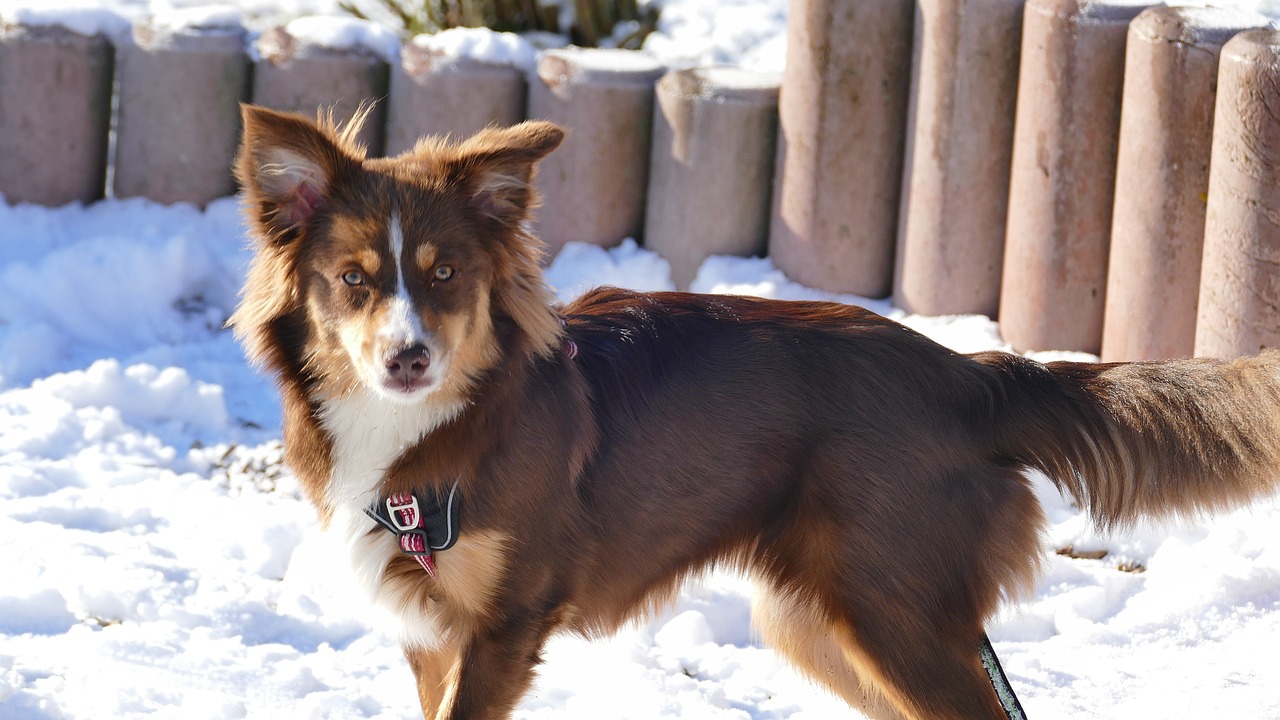
12. Basenji
Basenjis, often called the “African Barkless Dog,” are known for their incredible jumping ability and persistent intelligence. They are notorious for their dislike of confinement and will use their athleticism to jump over or climb out of enclosures. Secure, tall fencing and an enriching environment are critical to keeping a Basenji safely contained.

13. Shiba Inu
Shiba Inus are small but agile and are known for their independent nature. This breed is prone to escaping when the opportunity arises, often using their compact size and agility to their advantage. Shibas require secure fencing without gaps and locks on gates to prevent them from finding their way out.
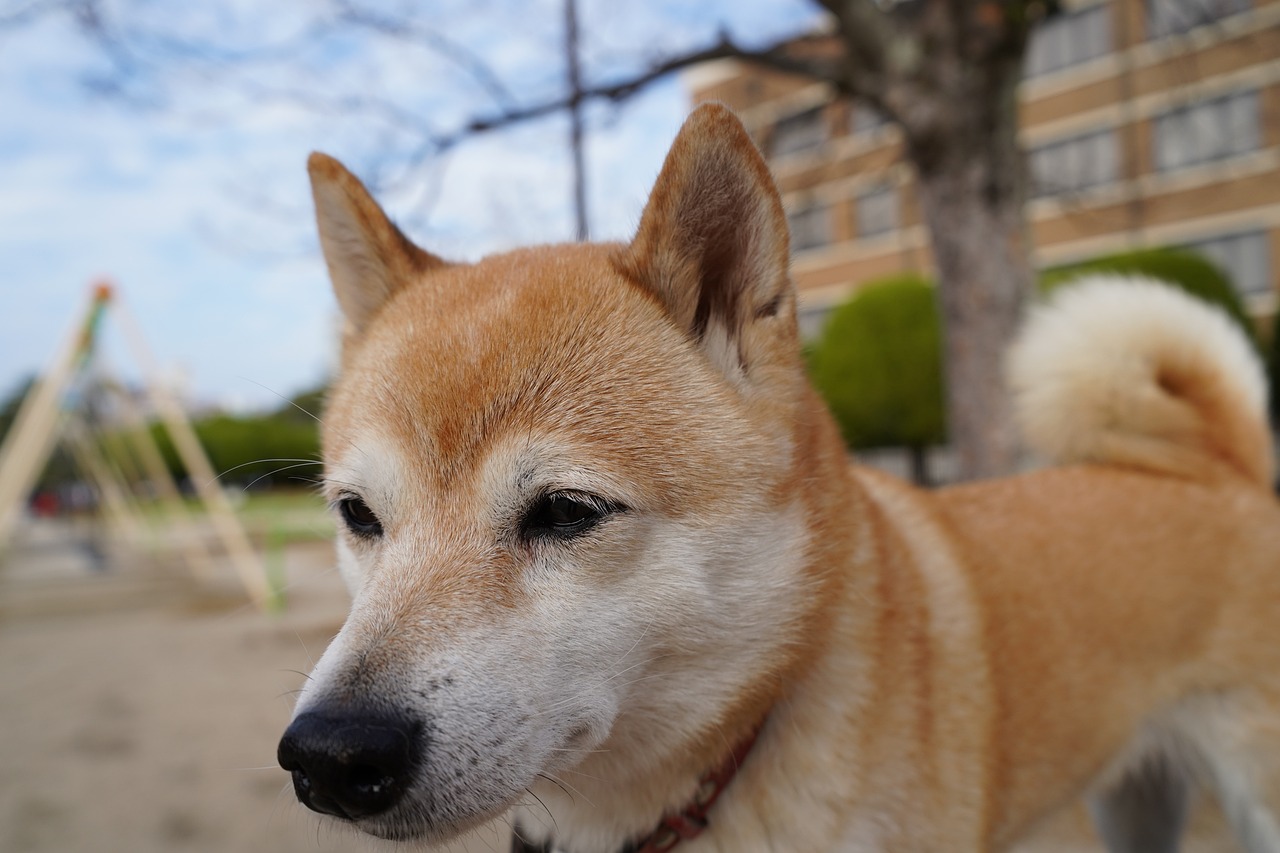
14. American Foxhound
American Foxhounds are bred for hunting and have a strong instinct to follow scents. This can lead them to escape if they catch a particularly enticing smell. They are capable of jumping over or digging under fences to pursue a scent. Comprehensive training and secure fencing are necessary to keep these hounds contained.

15. Afghan Hound
Afghan Hounds are not only stunning in appearance but are also extremely agile and proficient at escaping. Their slim builds allow them to squeeze through spaces that seem too small and their long legs can easily propel them over fences. A securely fenced yard and supervision during outdoor time are important for keeping Afghan Hounds safe.
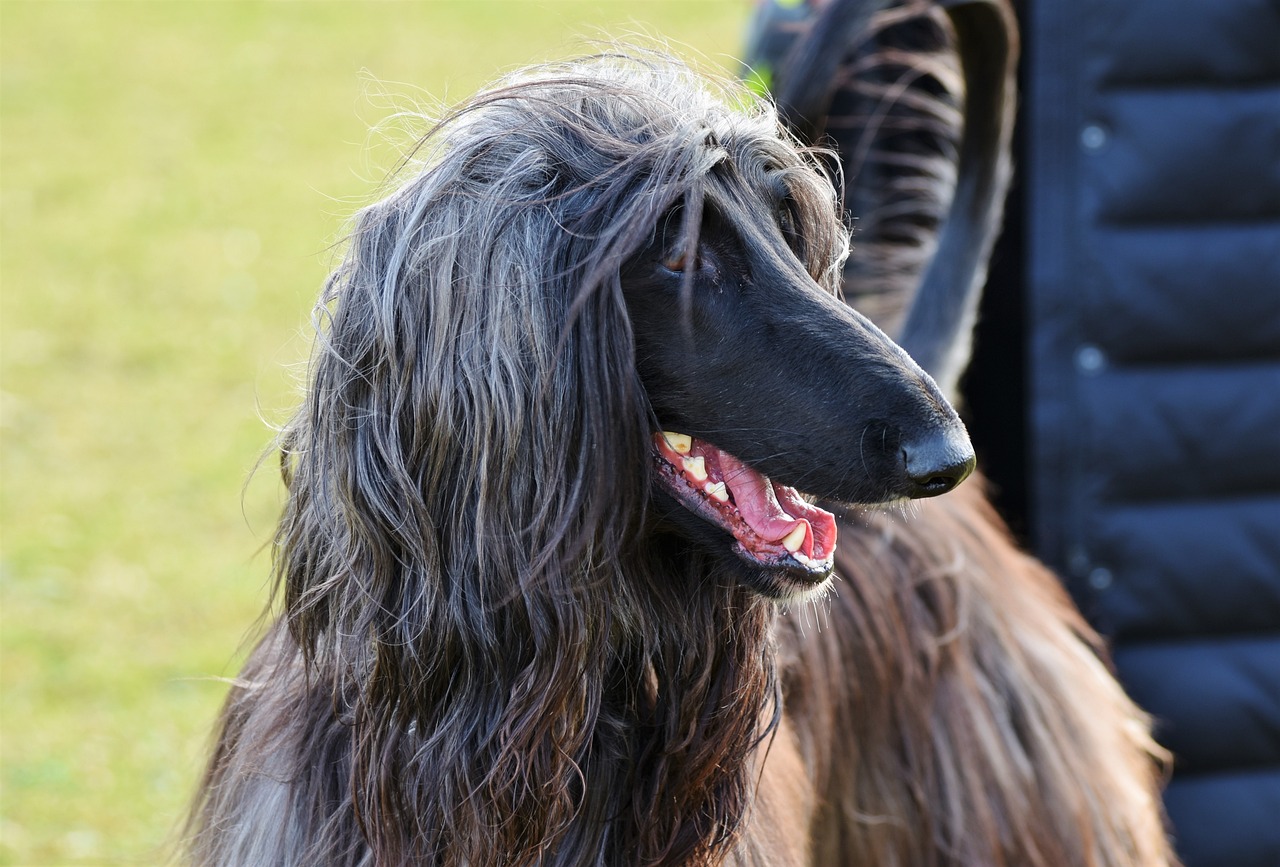
The breeds listed above are known for their ability to escape from various types of confinement, making them challenging for owners who need to ensure their pets stay safe and secure. Understanding the specific traits and motivations behind each breed’s escape attempts is crucial. By providing adequate physical exercise, mental stimulation, and secure living environments, owners can greatly reduce the risk of their pets becoming escape artists.
 Toledo, United States.
Toledo, United States.